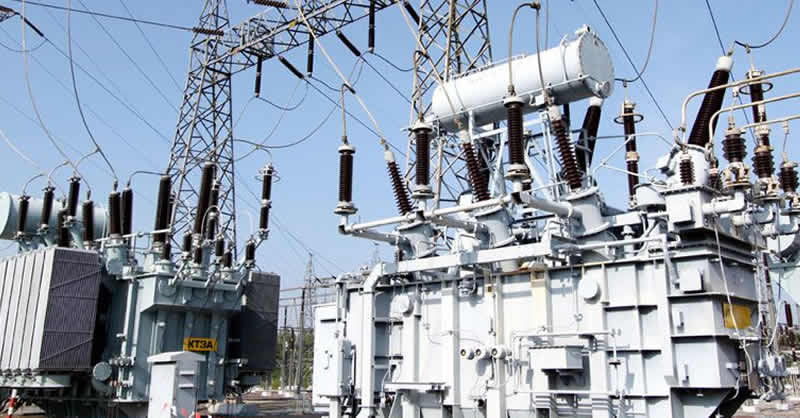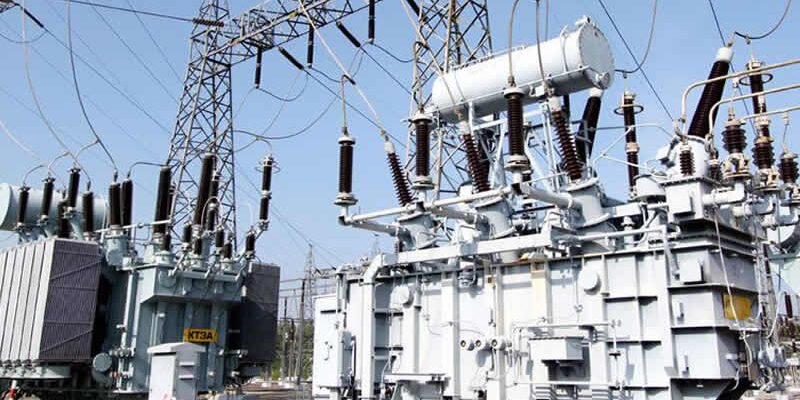
As Nigeria grapples with persistent blackouts, a growing number of manufacturers and academic institutions—over 250 in total—have opted to abandon the national grid in favor of generating their own electricity. These bulk electricity consumers, once reliant on the national grid, have increasingly turned to alternative energy sources such as solar and gas to ensure a more reliable and stable power supply for their operations.
The shift comes amid worsening power disruptions, an increasing cost of electricity, rising fuel prices, and frequent grid collapses. In 2021, former President Olusegun Obasanjo set an example by unveiling a two-megawatt solar power project at the Olusegun Obasanjo Presidential Library in Abeokuta, Ogun State, a move that cost an estimated N2 billion at the time. This project was hailed as a cost-effective investment, particularly given the constant energy instability in the country.
According to recent findings, these 250 organizations now generate up to 6,500 megawatts (MW) of electricity collectively, surpassing the national grid’s current generation capacity, which hovers between 4,500MW and 5,000MW. This mass migration from the national grid is partly driven by the signing of the Electricity Act 2023 by President Bola Tinubu, which has further encouraged institutions to secure permits for captive power generation. These permits allow entities to generate power exclusively for their own use without supplying excess electricity to third parties.
Among the largest generators of captive power are prominent companies such as the Dangote Group, which has reportedly generated around 1,500MW, including a 435MW power plant at its refinery in Ibadan, capable of meeting the power needs of the entire Ibadan Electricity Distribution Company. Other firms and academic institutions that have embraced self-generation include Nigeria LNG, Pure Flour Mills Limited, Lafarge Africa, Shell, Mobil Producing Nigeria, and notable universities like the University of Lagos and Obafemi Awolowo University.
Some of the largest institutions benefiting from captive power generation include MTN Nigeria, Nigerian Breweries Plc, First Bank of Nigeria Plc, Seven-Up Bottling Company, Lafarge Cement, Chevron Nigeria, Total Upstream Nigeria, and Procter & Gamble Nigeria, among others. These companies, alongside universities like Bayero University and the Nigerian Defence Academy, have successfully obtained permits from the Nigerian Electricity Regulatory Commission (NERC) to set up their own power generation systems.
While some companies use gas as their primary energy source, many have shifted to renewable energy, such as solar power, in a bid to reduce reliance on fossil fuels and mitigate the environmental impact of energy consumption. This trend has been particularly noticeable in the wake of the power sector’s challenges, including the volatility of electricity prices and frequent disruptions to the national grid.
In response to this shift, Nigeria’s Minister of Power, Adebayo Adelabu, expressed concerns about the growing number of bulk electricity consumers abandoning the national grid. He emphasized that grid connection remains a more reliable power source than the captive power plants currently being utilized by many industries. However, Adelabu acknowledged the financial strain that the instability of the national grid has caused businesses, stating that the average cost of generating electricity via captive power is significantly higher, with gas-powered generation costing around N350 to N400 per kilowatt-hour, while diesel-powered generation can reach N950 to N1,000 per kilowatt-hour.
The Nigerian Electricity Regulatory Commission (NERC) has pointed to fluctuations in the voltage of the national grid as a major driver behind the shift to self-generation. Voltage fluctuations, including spikes, dips, and brownouts, can cause substantial damage to industrial equipment, leading many companies to seek more stable and reliable power sources. The NERC’s report noted that extreme voltage fluctuations, particularly at the distribution network level, can result in severe damage to machinery, further discouraging bulk users from relying on the national grid.
Experts have warned that the mass exodus of bulk electricity consumers from the grid could destabilize the national power system. Adetayo Adegbenle, Executive Director of PowerUp Nigeria, lamented that these companies, which should ideally serve as “anchor tenants” for the grid, are now contributing to its instability. He emphasized that the national grid operates on a delicate balance between demand and generation, and the departure of large users weakens this balance, leaving the grid increasingly reliant on residential consumers.
However, Adegbenle also pointed out that Nigeria still has significant untapped generation capacity. He argued that stranded power generation—energy that has been produced but not utilized—remains available and could be harnessed to meet the needs of bulk users. He stressed that the key issue in Nigeria’s power sector is liquidity, coupled with a lack of cost-reflective tariffs, which has hindered investment and growth in the sector.
Kola Olubiyo, President of the Nigeria Consumer Protection Network, echoed Adegbenle’s concerns, asserting that the country’s national grid has become increasingly unreliable and unstable. He explained that power interruptions caused by grid fluctuations and collapses have had a damaging impact on manufacturing processes, leading companies to seek alternative power solutions. Olubiyo also noted that while self-generation through renewable energy sources comes at a higher cost, it offers industries greater energy security and the ability to maintain a steady power supply.
The decision by so many companies to leave the national grid has sparked a debate about the future of Nigeria’s power sector. While some experts believe that captive power generation is a necessary response to the grid’s unreliability, others argue that it is a symptom of a deeper systemic issue that requires urgent reform. Adeola Samuel-Ilori, Coordinator of the All Electricity Consumers Protection Forum, suggested that renewable energy should not be limited to large corporations. He proposed that the government encourage individual households to adopt renewable energy systems, such as solar panels, to reduce the strain on the national grid and prevent further collapses.
As Nigeria continues to grapple with its energy crisis, the migration of large-scale consumers to self-generated power raises important questions about the viability of the national grid and the future of electricity distribution in the country. Despite the government’s long-term vision to increase power generation to 30,000MW by 2030, with 30% sourced from renewable energy, the immediate need for reforms and investments in grid stability and reliability is clearer than ever.
In the face of a looming energy crisis, Nigeria’s power sector must navigate the tension between self-generation and grid reliance, balancing the needs of consumers with the imperative for a more reliable and affordable national electricity system.

Comments